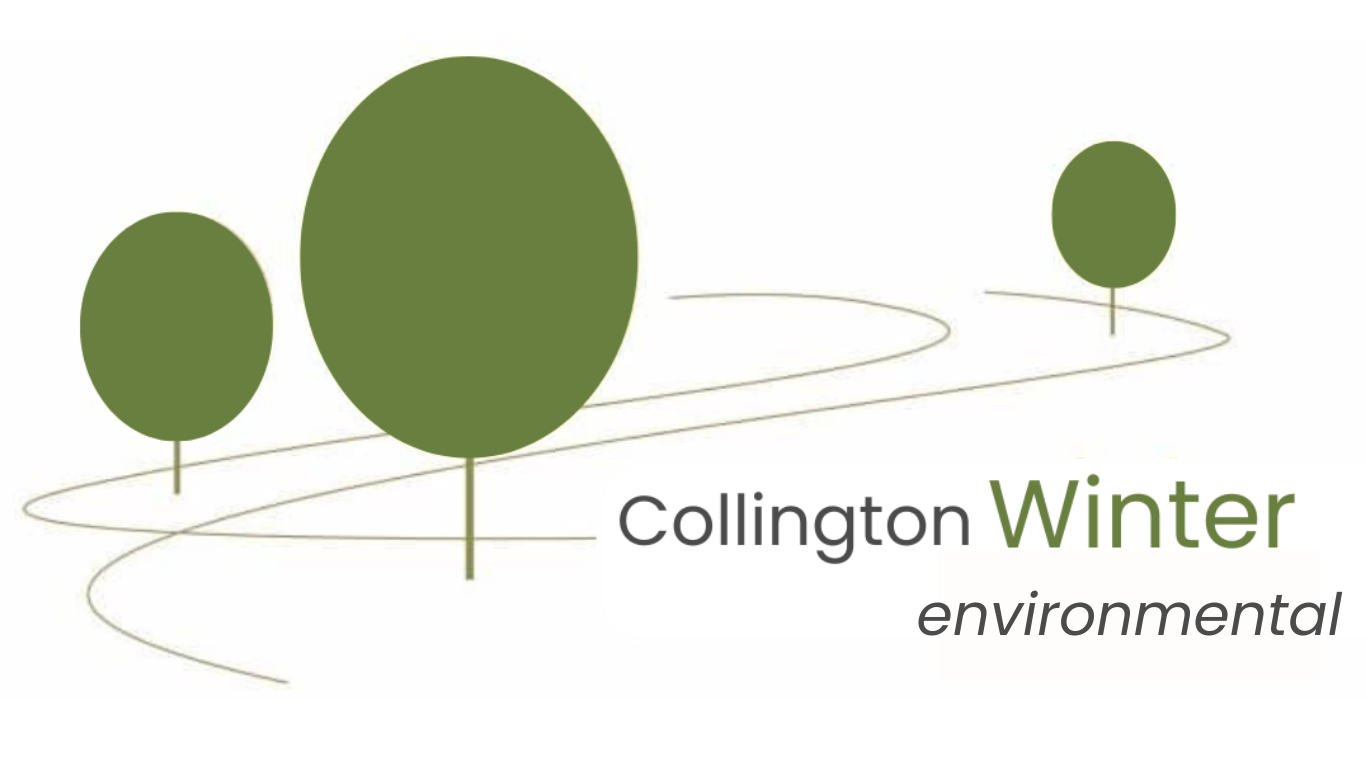Bat Survey East Riding of Yorkshire: Protected Species
When embarking on a new development project, a bat survey or assessment may be required to uphold necessary commitments and support the preservation of bat habitats. These surveys can be used to mitigate risk factors to bats and their roosts.
Supported by crucial legislation, such as The Wildlife and Countryside Act 1981 and The Conservation of Habitats and Species Regulations 2017, local authorities have the ability to delay or even prevent a project from receiving planning permission if bats are found to be present on a proposed site and mitigation measures are not undertaken.
If a survey records the presence of bats, a duty of care is bestowed upon project developers to prevent the bats from experiencing any harm or disruption. Strategic measures must be put in place to prevent the further decline of bat species across the UK.
Bat Survey, East Riding of Yorkshire: Bat Activity
East Riding of Yorkshire hosts various species of bats, including the common pipistrelle, soprano pipistrelle, Nathusius’ pipistrelle, brown long-eared bat, Daubenton’s bat, whiskered bat, and Brandt’s bat.
The Chartered Institute of Ecology and Environmental Management recommended undertaking a bat survey or assessment in the summer months between May and September, as this season sees the peak of bat activity across England and Wales. Should bat presence be recorded during the summer, wintertime surveys are often recommended to determine whether the bats may use the same location to hibernate.
“Bat Surveys for Professional Ecologists” Good Practice Guidelines can be found here.
Types of Bat Surveys: East Riding of Yorkshire
Bat ecologists typically perform the following assessments to record bat activity:
Preliminary Roost Assessment (PRA): The first type of survey is the Preliminary Roost Assessment (PRA), also known as a bat scoping survey. This involves a desk study, reviewing local bat records and databases, combined with a site visit to inspect buildings, trees, or other structures for signs of bats. Evidence may include droppings, feeding remains, and potential access points. The purpose of this survey is to identify whether further, more detailed assessments are necessary.
Bat Emergence survey and Dawn Re-entry surveys: If evidence suggests that bats may be present, an Emergence and Re-entry Survey is carried out. These surveys are conducted at dusk and dawn, using bat detectors to record echolocation calls. They confirm the presence of bats, identify species, and find roosting sites.
Nocturnal bat surveys: A nocturnal bat survey is a type of ecological survey conducted during the night to observe and record the behaviour patterns of bat species. As bat activity increases during this time, nighttime surveys efficiently monitor local bat populations and assess their habitats.
Hibernation surveys: During the winter months, hibernation surveys may be conducted to locate bats looking to hibernate in sites such as caves, mines, tunnels, and tree cavities.
Potential Recommendations Following a Bat Survey
The recommendations to be expected after a bat survey will differ from project to project depending on the nature of the development. For example, a large development site like a new housing estate may have more requirements than a private barn conversion. Following bat surveys, common recommendations may include:
- Timing of works – As many roosts are seasonal and appear in the warmer months, there is typically a period where work can go ahead without affecting the bats.
- Restoration or Creation of Roosts – Roosts should be left undisturbed; if this is unavoidable, project developers should recreate bat habitats to mimick natural bat roost features. Some larger or more eco-conscious projects should integrate bat-friendly infrastructure when building to support roosting bats.
- Long-term habitat management and maintenance – Surveys will provide data on how bats may use the site, whether for roosting, foraging, hibernating, or breeding. The area should be consistently maintained to preserve bat habitats. Planting insect-inviting plants can provide food for endangered species, including bats.
Any recommendations received from a bat survey should be implemented in the planning permision process, and the details should be listed in any proposals to increase the likelihood that the application will receive a positive response from local planning authorities.
Whether or not the proposed development causes a disturbance to bats, Natural Planning Policy recommends incorporating enhancement features into any buildings and surrounding urban environment to support and encourage bats to use the space.
Our ecological consultants will assess what is best for your project and provide you with targeted recommendations to best suit your development proposal plan.
How can Collington Winter Environmental assist?
Collington Winter is an environmental consultancy that offers protected species assessment services to both small and large-scale project developments. We have extensive experience in providing bat ecologist services, including preliminary roost assessments, dusk emergence and dawn re-entry surveys and nocturnal bat surveys.
Our consultants hold European Protected Species licences in addition to Mitigation Licences from Natural England and perform informative and professional project assessments across the country.
Get in touch with a member of our ecologist team (info@collingtonwinter.co.uk) for more information on other Protected Species Surveys we offer, such as Great Crested Newt Surveys and Badger Surveys. We also provide Preliminary ecological appraisal (PEA) services and landscape architecture services to support your project.
Contact Us
Registered Address
23 Bark Street East, 1st Floor, Bolton, BL1 2BQ
Cambridge Office
Future Business Centre, Cambridge Campus, Kings Hedges Road, Cambridge, CB4 2HY
Leicester Office
Rutland House, 23-25 Friar Lane, Leicester, LE1 5QQ
Bristol Office
Newminster House, 27-29 Baldwin Street, Bristol, BS1 1LT
Telephone
Head Office: 01204 939 608
Dumfries Office: 01387 378208

